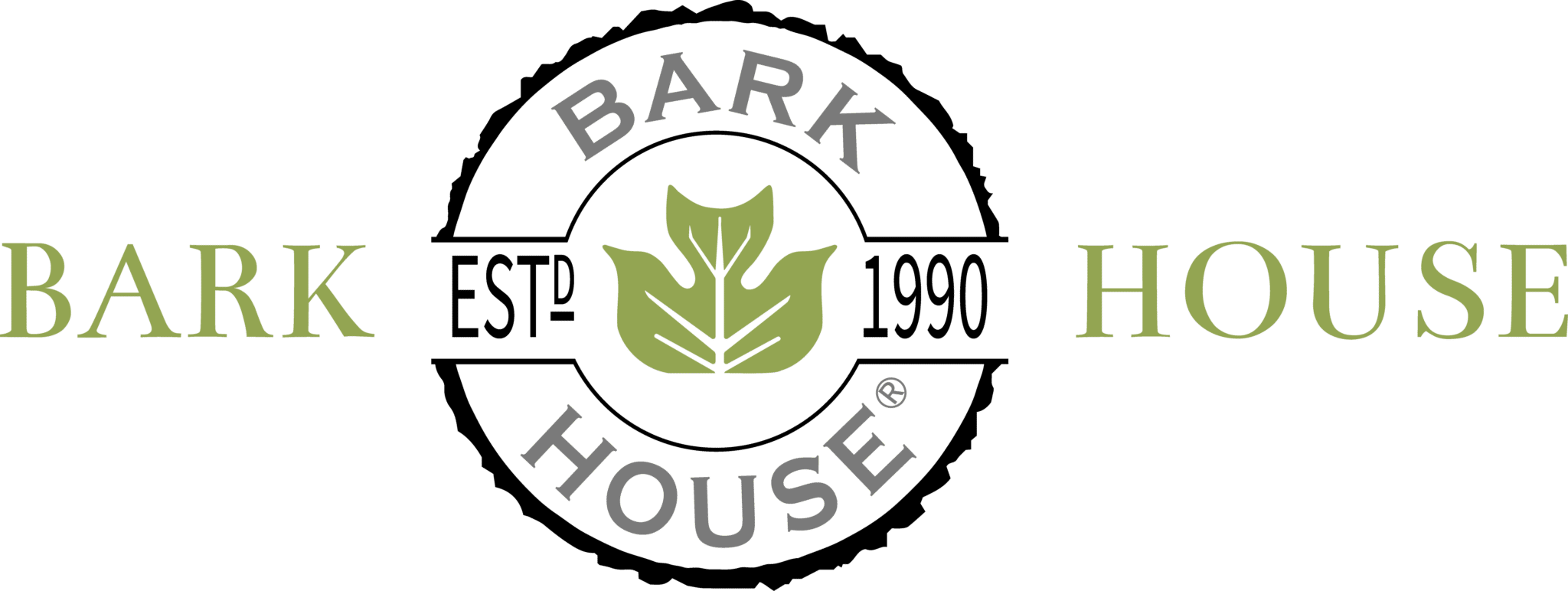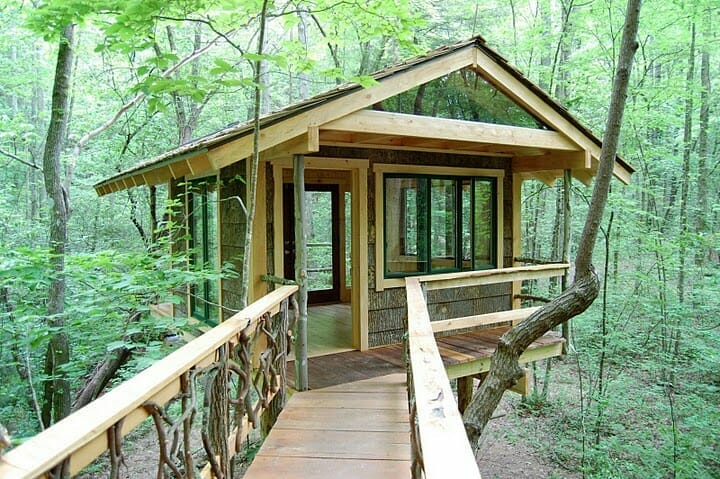With our current age of technology, speed, and convenience, shiny and new is always the fast and cheap solution for building needs. But for the bespoke luxury home as conscious as it is refined, sustainable architecture poses a modern solution both for creating one‑of‑a‑kind, enduring designs and preserving our environment.
One good way to boost the regenerative factor of your architectural projects is to incorporate reclaimed building materials into your home designs.
Reclaimed Vs. Recycled
In a nutshell, both “reclaimed” and “recycled” refer to materials being reused and saved from disposal. However, fundamental differences will inform the decision of luxury designers with an eye for sustainability to choose one type of repurposed product over the other.
With recycled products, materials are generally not used for its original purpose. Take a plastic bottle for example: It is processed back to moldable plastic, then used to create something new. Similarly, a wooden panel will be broken down into mulch and reconstructed, perhaps as a coat rack or even as another wooden panel. In both instances, products are taken back through its life cycle—hence, “re‑cycled.”
Reclaimed products, on the other hand, are not reprocessed in this way. A floorboard may become a picture frame or used to build a nightstand, but the actual material is not altered.
The Argument for Reclaimed Building Materials
Because reclaimed products do not require extra manufacturing and change(s) of hands to repurpose, architects can feel more confident in their understanding of the full production process—and thus, the regenerative value or lack thereof—of their materials.
For example, Bark House sources only RAW™ (Reclaimed Appalachian Wood Waste) from small logging crews in the local Appalachian range. This benefits not only the environment by decreasing the need for additional tree felling and machinery to harvest materials, but also loggers. At Bark House, additional trees are never cut for the sole purpose of harvesting bark.
Bark House also uses renewable energy sources to manufacture products, including solar power. In addition, we use no water in direct manufacturing.
What Reclaimed Building Materials Can Add to Your Design
Somewhat like fast fashion, newly manufactured products are certainly easily attainable and affordable. But they often come with a lack of information about not just what materials are used in them and how they are sourced, but also whether products are manufactured in a regenerative way. This can significantly affect the amount of good they are actually doing for the environment. Plus, such building products and materials are often mass‑produced, meaning they can be low cost and a dime a dozen.
Think of reclaimed building materials as an antidote to the age of bling. Because reclaiming materials literally involves lengthening the lifespan of products, going reclaimed means you are partaking in and continuing a legacy of living history. Materials are telling an actual story, whether you are using an old door as a tabletop, or a wine crate as a floating shelf.
In a similar way, reclaimed building materials take bark and wood that would otherwise be disposed as wood waste and extend their lifespan. Poplar bark can be repurposed into elegant shingle siding that protects and beautify the exterior of your home, while white birch bark adds levity and brightness to interiors. And pole end cuts can add warmth and depth to contemporary spaces.
Most of all, dissolving the barriers between inside and out makes for a sustainably‑minded retreat, where tactile modernism connects the family and other occupants of a space to the rich sensory experiences of the surrounding natural ecosystem.

